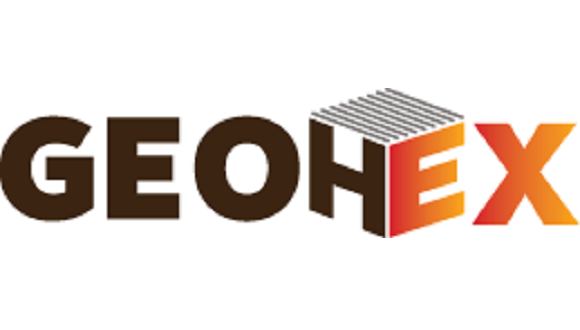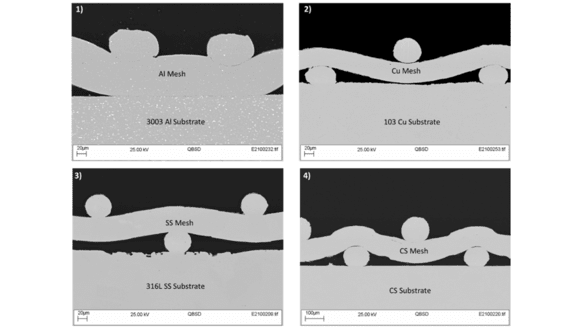Thu, 20 October, 2022
Development of hierarchical mesh-covered surfaces using uniaxial diffusion bonding process
TWI is currently working on a part of the H2020 EU project GeoHex, ‘Advanced material for cost-efficient and enhanced heat exchange performance for geothermal application’ funded by European Commission (Grant agreement no. 851917).

In the heat exchanger condenser, a dropwise condensation mechanism on hydrophobic surfaces, where the frequent roll-off of condensed droplets helps to refresh the surface that is exposed to the vapour, has an order of magnitude higher heat transfer efficiency than that of film-wise surface refreshing mechanism on hydrophilic surfaces. The main challenge for further improvement of heat transfer performance is to combine both surface refreshing and droplet growth mechanisms.
The aim of the project is:
- To develop heat exchanger materials to deliver anti-scaling and anti-corrosion properties alongside improvements to the heat transfer performance of the materials being used.
- To improve the efficiency of geothermal plants as well as reducing initial and ongoing costs through the optimisation of heat exchangers.
In this study, a hierarchical mesh-covered (hi-mesh) surface was successfully developed using uniaxial diffusion bonding (UDB) process to enable sucking flow condensation for expediting both droplet growth and surface refreshing. Commercially available woven micro meshes of pure copper, aluminium, mild steel and 316 stainless steel were metallurgically joined on top of copper C103, aluminium 3003, carbon steel (CS) P355NH and 316 stainless steel (SS) substrates, respectively. Prior to UDB, both the substrates and wire mesh surfaces were cleaned to remove the native oxide layer. Various UDB trials were performed with different diffusion bonding process setup and parameters, such as stacking conditions, temperature, pressure and time to optimise the interfacial adhesion between substrate and respective wire mesh.
All samples showed good metallurgical bonding with plenty of interconnected channels to help liquid condensate flow passages between substrate and hi-mesh. Further, these samples were coated with three different commercially obtained hydrophobic coatings with two different kinds of SiO2 nanoparticles. Hi-mesh bonded superhydrophobic surfaces will be tested in GeoHex test rigs to examine their performance in more representative environment.
We will provide you with further information as the project progresses, but for the moment, please feel free to use the contact details below to enquire about uniaxial diffusion bonding process to create hi-mesh bonded superhydrophobic surfaces.
For more information:
Contact:
Dr Abbasi Gandhi – abbasi.gandhi@twi.co.uk
Dr Raja khan – raja.khan@twi.co.uk
 Optical image of the cross-sectioned part of the 1) Al woven hi-mesh to 3003 Al substrate 2) Cu woven hi-mesh on 103 Cu substrate, 3) 316L SS hi-mesh woven hi-mesh on 316L SS substrate and 4) Mild steel woven hi-mesh on P355NH CS substrate.
Optical image of the cross-sectioned part of the 1) Al woven hi-mesh to 3003 Al substrate 2) Cu woven hi-mesh on 103 Cu substrate, 3) 316L SS hi-mesh woven hi-mesh on 316L SS substrate and 4) Mild steel woven hi-mesh on P355NH CS substrate.
The GEOHEX project has received funding from the European Union's Horizon 2020 research and innovation programme under grant agreement No 851917